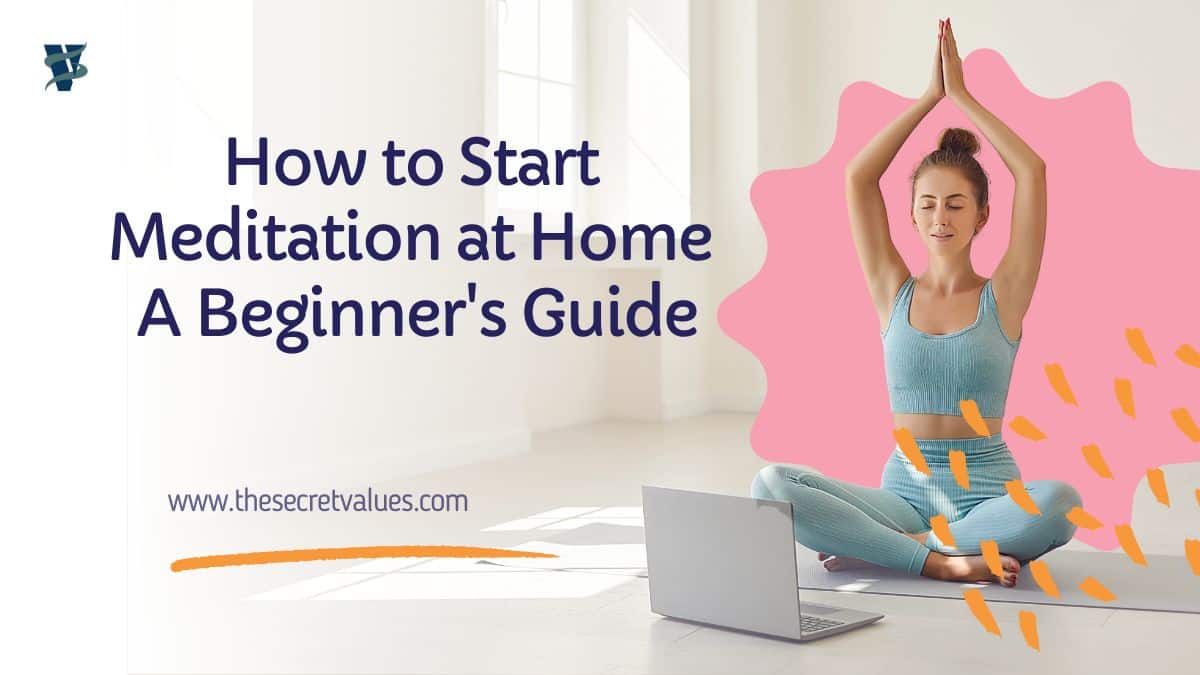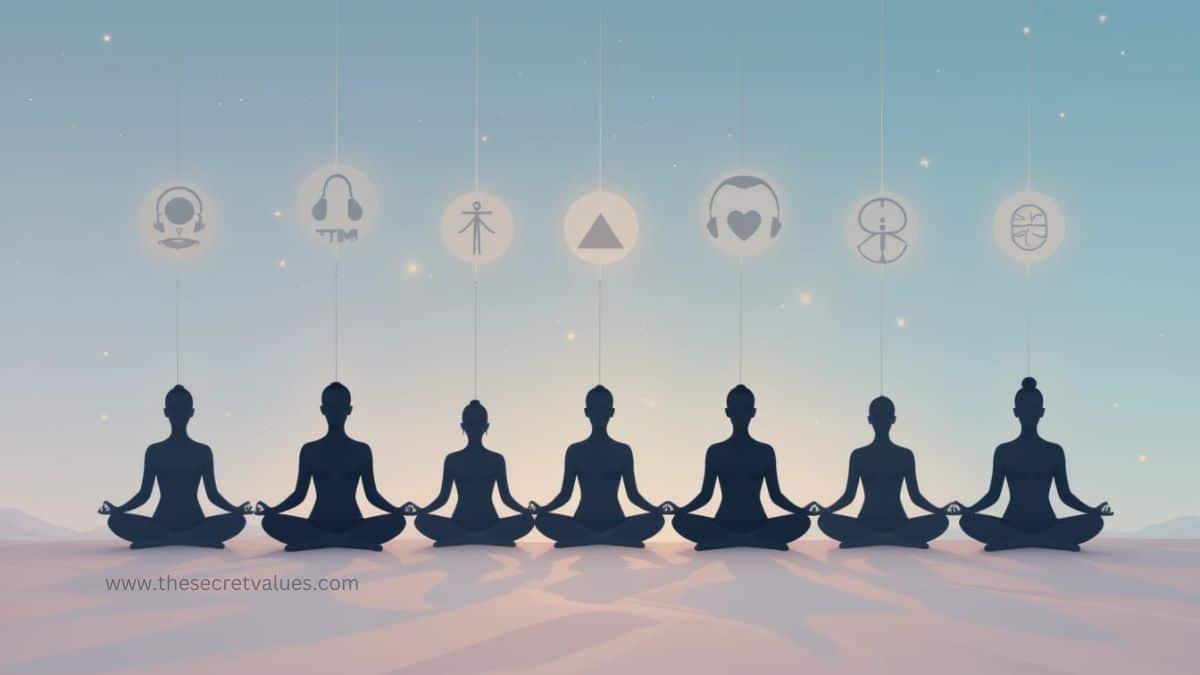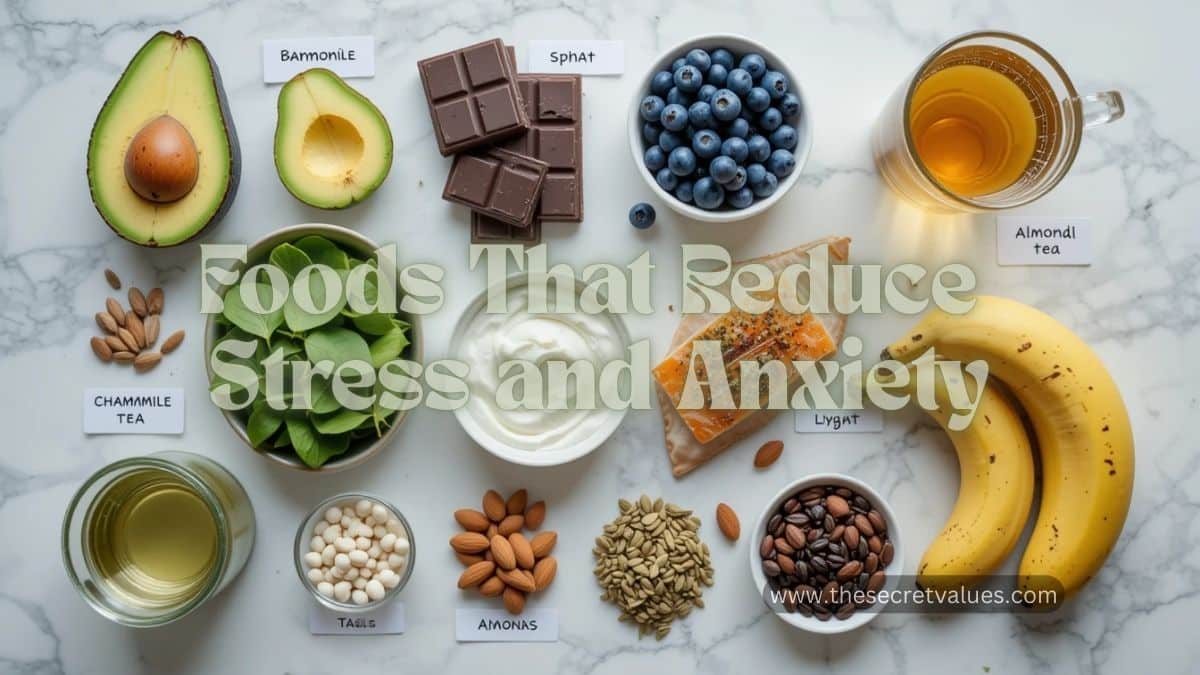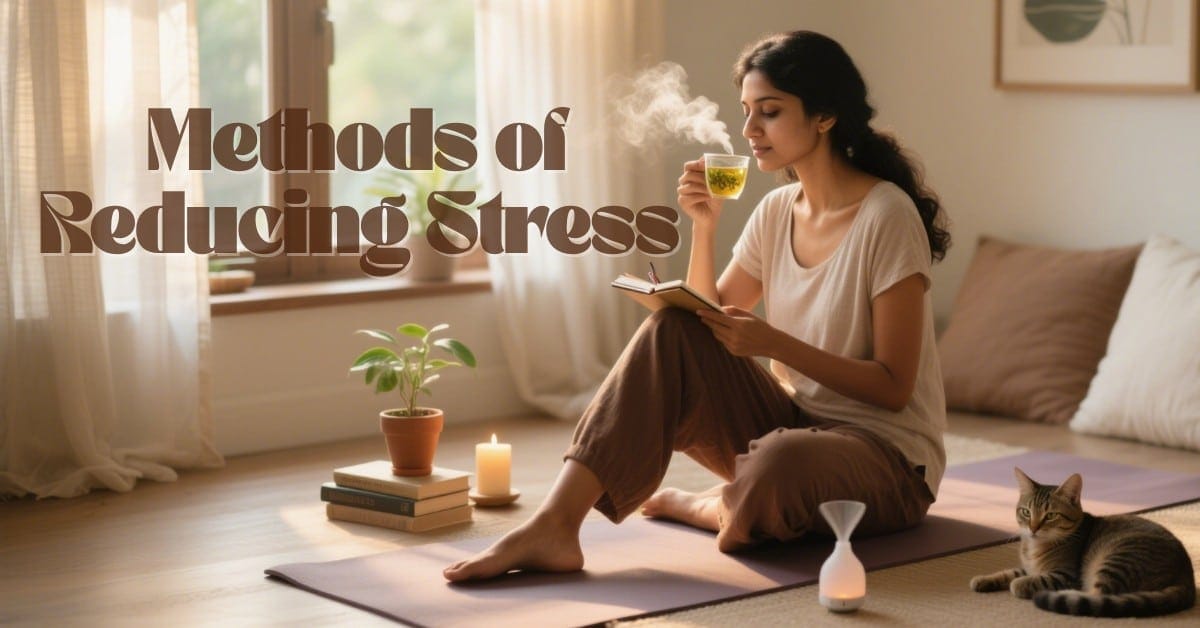Introduction to Meditation
Meditation has been around for thousands of years and is renowned for its power to assist people in achieving inner peace and enhancing their mental health. If you’ve been asking yourself how to start meditation at home, you’re on the right page! Meditation can transform your life, providing peace, clarity, and concentration. This guide will take you through getting started, even if you’re a beginner.
What is meditation?
Meditation is focusing your mind to reach a mentally clear and emotionally calm state. Whether you’re new to meditation or have tried it before, it’s essential to understand that the goal isn’t to “empty your mind” but to focus on something positive.
Why Meditation is Beneficial for Your Mind and Body
The advantages of meditation extend well beyond relaxation. Meditation can alleviate stress, lower anxiety, improve sleep, and enhance memory and concentration. It’s not just about sitting still; it’s about creating a mental space to rejuvenate your mind and body.
Why You Should How to Start Meditation at Home
Starting meditation at home offers several advantages. First of all, it’s convenient. There’s no need to commute to a class or find a specific time that fits your busy schedule. Practicing meditation in your own area allows you to customize the environment to your specific requirements.
The Benefits of Meditating at Home
How to start meditation at home allows you to be comfortable and focus on your practice without distractions. You can choose a time that works best for you, and you’re free to adjust the length of your sessions depending on your availability.
The Convenience of Practicing at Home
Flexibility is one of the significant factors behind individuals starting meditating from the comfort of home. Be it at dawn or just before sleeping, you can meditate whenever you can. Plus, the comfort of your home can make the process feel more personal and authentic.
Meditation at Home for Beginners: A Simple Approach
If you’re starting, the idea of meditation might seem overwhelming. But don’t worry—it doesn’t have to be complicated! Here’s a simple approach to get you started.
Finding a Quiet Space for Meditation
The first step is to find a quiet spot in your home where you can sit undisturbed for the duration of your session. This space doesn’t have to be large—just somewhere peaceful where you can relax.
Setting a Comfortable and Relaxing Atmosphere
Set up your space in a way that makes you feel at ease. This might involve lowering the lights, using candles, or including soothing music. The idea is to create an environment that helps you relax.
How to Do Meditation at Home Step by Step
Once you’ve created your peaceful space, it’s time to dive into meditation. Follow these simple steps to get started.
Step 1: Getting Comfortable
Sit in a chair or on the floor with your back straight and your hands resting gently on your knees or lap. You can close your eyes or keep them gently open—whichever feels most comfortable.
Step 2: Focus on Your Breath
Breathe deeply several times, paying attention to the feeling of the air going in and out of your body. This helps you center your mind and begin your practice.
Step 3: Letting Go of Distractions
As you sit to meditate, your mind will stray. When it does, Refocus your attention on your breathing or meditation object. Getting distracted is entirely normal, so don’t be hard on yourself!
Choosing the Right Type of Meditation for You
Other forms of meditation can provide different advantages. Here is how to select the most appropriate one for your requirements.
Guided Meditation vs. Silent Meditation
Guided meditation is perfect for beginners. You can follow along with a recorded session or a meditation app as a teacher leads you through the process. Silent meditation, on the other hand, is a more self-directed practice that allows you to explore your thoughts and feelings.
Mindfulness Meditation for Beginners
Mindfulness meditation is one of the simplest kinds of practice. It involves being present in the moment and paying attention to your feelings, feelings, and thoughts without judgment. This type of meditation can be done anywhere, making it ideal for beginners.
Easy Meditation at Home: Quick Tips
Meditating at home doesn’t need to be complicated. Here are a few tips to make the process easier.
Starting with Short Sessions
As a beginner, starting with short sessions—maybe just 5-10 minutes a day is helpful. As you get more comfortable, you can gradually increase the length of your sessions.
Incorporating Meditation into Your Daily Routine
The best way to establish a consistent meditation practice is by making it a part of your daily routine. Whether in the morning before work or right before bed, find a time that works for you.
Overcoming Common Challenges in Meditation
Like any new habit, meditation can come with its own set of challenges. But don’t worry—these are easy to overcome.
Dealing with Distractions
If your mind keeps wandering, that’s okay! Just acknowledge the distraction and gently bring your focus back to your breath. With practice, it will get easier.
How to Maintain Consistency in Your Practice
The most crucial factor for a successful meditation practice is regularity. Even if you can only meditate for a few minutes each day, sticking with it will help you build the habit.
How to Stay Motivated in Your Meditation Practice
It is hard to remain motivated, but these tips will help you stay focused.
Setting Realistic Goals
Set small, achievable goals for yourself. For example, you could meditate for 10 minutes daily for a week. After you’ve achieved that, you can then extend the time.
Tracking Your Progress
Keep track of your meditation sessions in a journal. This will help you see your progress and stay motivated to continue.
Tips for Deepening Your Meditation Practice
Try these tips if you’re ready to take your meditation practice to the next level.
Using Meditation Apps for Guided Sessions
Several apps provide guided meditation sessions, making it easier for you to stay on track. Calm and Headspace have many sessions catering to new and old meditators alike.
Incorporating Relaxation Techniques
Deep breathing, muscle relaxation, and visualization exercises can deepen your meditation practice. Experiment with these methods to see what works best for you.
Creating a Long-Term Meditation Habit
Building a meditation routine takes time, but it’s worth the effort.
Building a Meditation Routine
Begin by devoting daily time to meditation. As time goes by, this activity will become part of your routine.
Making Meditation a Part of Your Lifestyle
Meditation should feel like a natural part of your day, not something you must force yourself to do. Keep practicing; eventually, it will become a regular, effortless habit.
Frequently Asked Questions (FAQs)
What is the best time to meditate at home?
The ideal time to meditate is whatever time you can fit into your schedule. Most people should meditate early in the morning to begin the day with a peaceful mind, but at any time.
How often should I meditate as a beginner?
Aim for short, daily sessions at first. Five to ten minutes a day is a great start, and you can increase the time as you get more comfortable.
Can I meditate on a busy schedule?
Yes! Meditation is flexible and can be done in small increments throughout the day. Even a few minutes of mindfulness can make a big difference.
What should I do if I can’t concentrate during meditation?
If your mind wanders, don’t be hard on yourself. Gently return your attention to your breath or mantra, remembering that meditation is a skill that develops over time.
How can I improve my meditation practice over time?
The key to improving is consistency. Stick with it, experiment with different techniques, and be patient with yourself as you grow in your practice.








1 thought on “How to Start Meditation at Home: A Beginner’s Guide”